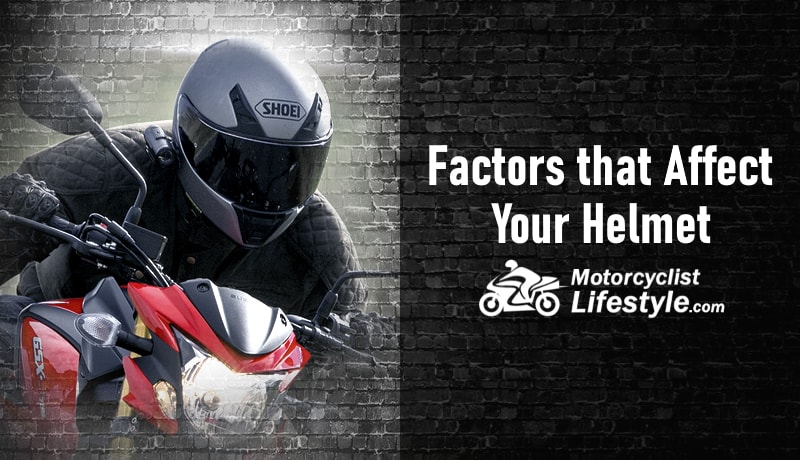Choosing the best safety helmet is not an easy task. While, color, design, and style may be a part of your decision, the most important things to consider are the protection level and comfort. A lot of quality helmets are available on the market, you can even do online shopping for the best premium helmet. But, that’s not the issue we are here to discuss. There are certain things we must remember after buying a helmet.
A helmet can be tough and sturdy, but we should handle it as a fragile item. We all know that a motorcycle helmet consists of four basic components, which are very common in all helmets, i.e., an outer shell usually made from reinforced materials and composites like polycarbonate, an impact-absorbing liner, comfortable padding, and a retention system. All of them work together to provide comfort, fit, and ultimate protection to your head while riding on the road. But extreme temperatures can affect the composition of your helmet. And not just extreme temperatures but also other conditions like sweat, humidity problems, exposure to the sun’s UV rays, and improper care, etc. These factors can damage your helmet in ways that are hard to imagine.
So, let’s take a look at a couple of these factors and what damage they can do to a helmet.
Read Also: Top 10 Best Motorcycle Helmets of 2024 – Reviews & Buying Guide
Sunlight (Harmful UV Rays) & Extreme Temperatures
As we said earlier, extreme temperatures can harm your helmet. However, many safety helmets are tested to withstand extreme temperatures of up to 122 °F and down to 19 °F. But prolonged, direct exposure to excessive heat can degrade the helmet material. Visors are also affected by UV rays and excessive heat and tend to get frosty and creamy when exposed to sunlight for a long time.
So, it is not wise to keep your helmet in sunlight or to use gasoline or chemical fluids for cleaning because if anything happens to your helmet with any of these factors, it is difficult for the wearer to notice the damage. The helmet shell may seem fine but the interior liner or the bottom of the helmet could be damaged due to long exposure to excessive heat.
After arriving home from a ride and taking off your helmet, make sure you have a secure place to put it. Many people just leave their helmet on the bike or the fuel tank.
I want you to know that you should never do that. Even the fuel tank may expose your helmet to the fumes.
See Also: When to replace your motorcycle helmet?
Sweat & Humidity
Sweat and humidity are another two factors that have a significant effect on your helmet. They damage the interior liner and the cheek pads of the helmet. Excessive sweat in the helmet can significantly degrade the interior lining of the helmet.
To be honest, we really can’t stop sweat in a helmet while riding. After all, it is a natural thing to do. But we can do one thing to minimize this degradation of the interior lining and that is buying a correct helmet that contains advanced interior technology to dissipate sweat and humidity faster than ordinary fabrics.
Anyway, these are factors that can damage your helmet but it doesn’t necessarily mean that your helmet will surely be damaged. You must follow the manufacturer’s guidelines and manually wash your helmet only with mild soap and warm water for longer life.
After all, it is about our protection and only we can take care of it.

Leave a Reply